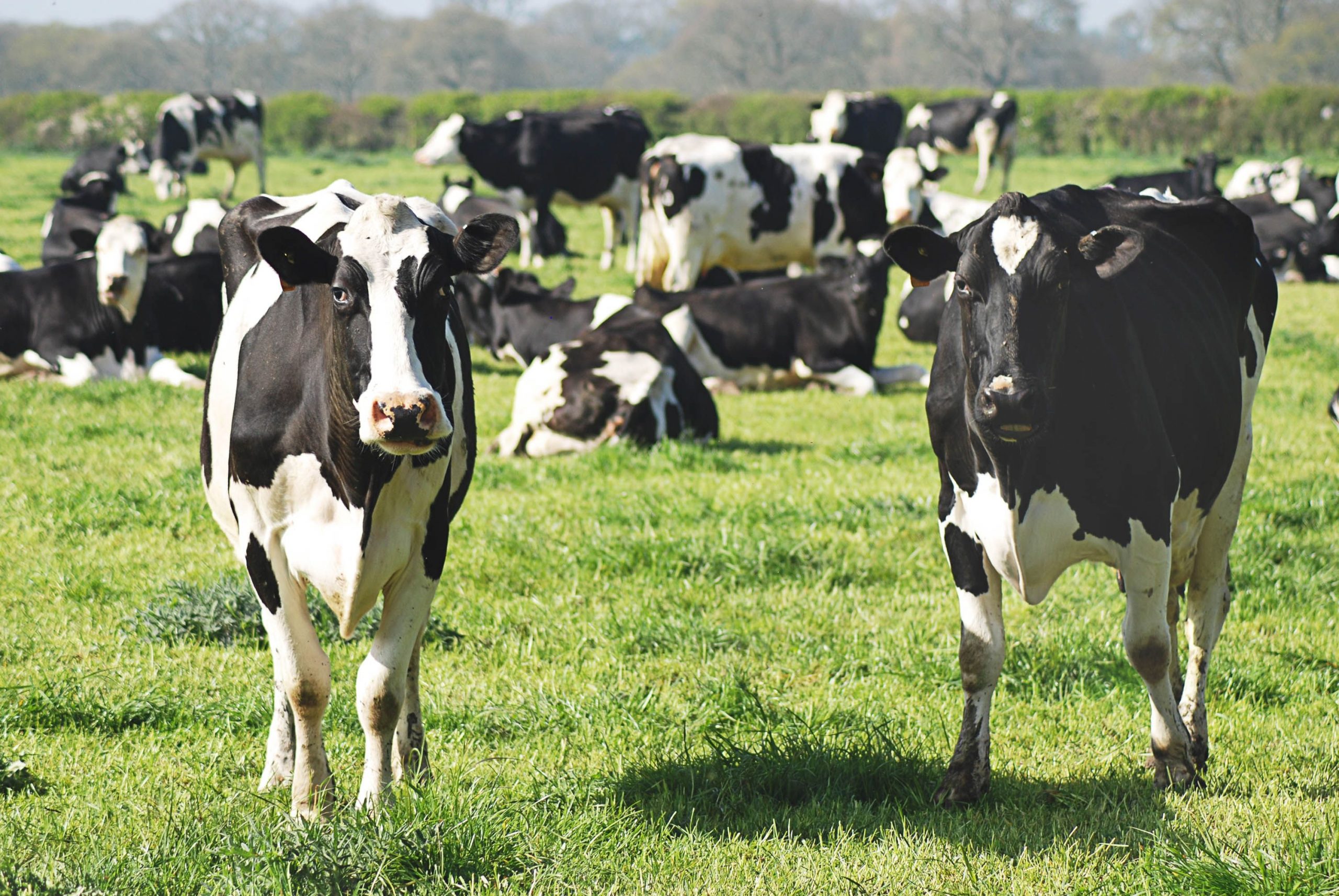Extreme heatwaves and humidity killed thousands of cattle in the state of Kansas in recent days, officials announced on Wednesday, adding that soaring temperatures continued to threaten millions of livestock in the state.
According to the Kansas Department of Health and Environment, there had been at least 2,000 cattle deaths due to high temperatures and humidity as of Tuesday.
Also read | Scientists trace ancient origins of Black Death to lake in Central Asia
However, department spokesperson Matthew Lara clarified that the toll was based on the number of facilities that had contacted the department for the disposal of carcasses, and that the actual toll could be higher.
Agricultural magazine ‘Progressive Farmer’, meanwhile, reported that the toll could be as high as 10,000, citing individual testimonies and livestock experts.
Also read | Parts of Yellowstone could remain shut all year after historic floods
The deaths mark the latest blow to the US cattle industry, which has had to reduce herds due to drought and rising food prices precipitated by reduced grain supplies, courtesy of the ongoing war between Russia and Ukraine.
Temperatures in Kansas hit a searing 42 degrees Celsius (108 degrees Fahrenheit) on Monday, with projections suggesting that it could climb further to 43.3 degrees Celsius (110 degrees Fahrenheit).
Also read | 2 US veterans from Alabama missing in Ukraine feared to be in Russian custody
“It’s going to be oppressively hot and stressful for the animals,” Drew Lerner, president of World Weather Inc, was quoted as saying by CNBC.
Meanwhile, Brenda Masek, president of the industry association Nebraska Cattlemen, urged people to take extra care of livestock.
Also read | Federal Reserve hikes rate by 75bps, highest since 1994
“You can’t say, ‘Oh I checked them three days ago.’ When it gets hot, you’ve got be to out every day and making sure that their water is maintained,” she said.
Kansas is the third largest cattle state in the US after Texas and Nebraska, and has more than 2.4 million cattle in feedlots.







